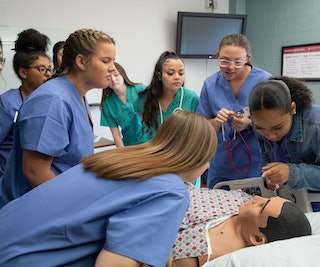Challenges for Higher Education: An Emerging Skills Shortage and Inequity in the Workforce
Diverse: Issues in Higher Education
APRIL 4, 2024
American higher education is called upon to serve a variety of purposes: advancement of knowledge, expansion of cultural appreciation, extending understanding of societal benefits and obligations, and preparing a diversity of students with the skills they need for a successful and rewarding life. Boggs By 2031, 72%of the jobs in the U.S.














Let's personalize your content